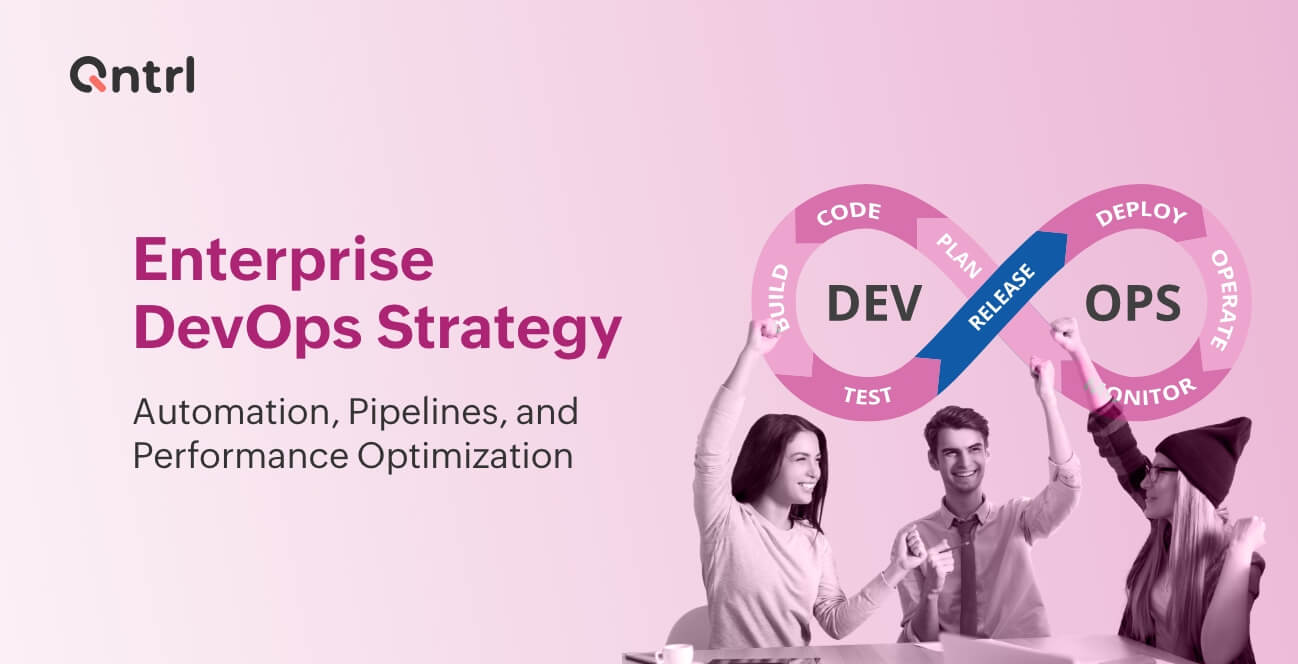Product managers are the unsung heroes in the fast-paced world of product development. They oversee the entire product lifecycle, from inception to launch and beyond. Their role encompasses defining product strategies, gathering customer insights, coordinating cross-functional teams, and ensuring the successful delivery of exceptional products. They're the driving force behind a company's success.
However, the path of a product manager has obstacles. They often encounter various challenges and process problems that threaten to impede progress and cause stagnation in the product life cycle. Let's delve deeper into the critical processes in product management, identify major process problems, explore the causes of stagnancy, and discover a powerful tool.
Key processes in product management
Product planning
Product planning involves identifying market opportunities, defining product vision, and establishing strategic objectives. It includes conducting market research, analyzing customer needs, and creating a roadmap for product development. Process problems in this stage may include:
- Inadequate market research leading to an incomplete understanding of customer needs.
- Lack of clarity in defining the product vision and strategic objectives.
- Need for alignment between the product roadmap and business goals.
Requirements gathering
Requirements gathering involves gathering and documenting user requirements and translating them into actionable product features. Common process problems in this stage are:
- Ineffective communication andstakeholder collaboration, leading to misunderstandings and misinterpretations.
- Difficulty prioritizing requirements, resulting in "feature creep" and "scope creep."
- Incomplete validation of requirements with end-users, leading to products that fail to meet their needs.
Development and testing
This stage focuses on the actualdevelopment of the product and rigorous testing to ensure quality and reliability. Process problems that may arise include:
- Coordination and alignment issues between development teams, resulting in delays.
- Insufficient testing, leading to product defects and poor user experience.
- Unsatisfactory feedback loops between development, testing, and product management, hindering continuous improvement.
Launch and release
This phase involves planning and executing theproduct launch, including marketing and sales strategies. Process problems in this stage may include:
- Flawed market positioning and messaging, resulting in low customer adoption.
- Lack of coordination between marketing and product teams, leading to inconsistent messaging.
- Low post-launch evaluation and analysis, hindering the ability to iterate and improve.
Solutions to product management problems
Process management plays a vital role in addressing process problems in product management. By implementing effective process management strategies, product managers can mitigate challenges, improve efficiency, and ensure smoother execution of the product management process. Here are six ways in which process management helps in addressing process problems.
- Standardize processes. This involves establishing standardized procedures and workflows for different stages of the product management process. This helps eliminate confusion, reduce errors, and ensure consistency in executing tasks. By defining clear steps and guidelines, product managers can streamline the process and minimize deviations that may lead to process problems.
- Identify and eliminate bottlenecks. Product managers can identify bottlenecks or areas where the flow of work gets hindered. Bymapping out the process, they can remember these bottlenecks, understand their root causes, and take corrective actions to eliminate them. This leads to improved efficiency, faster turnaround times, and smoother progress in the product management lifecycle.
- Improve communication and collaboration. Effective process management emphasizes the importance of communication and collaboration amongst team members and stakeholders. By implementing tools, techniques, and channels for effective communication, product managers can ensure that information flows seamlessly across teams, reducing misunderstandings, delays, and process problems caused by communication gaps.
- Promote a culture of constant improvement. Product managers regularly assess the effectiveness of their processes, gather feedback from team members and stakeholders, and identify areas for improvement. By embracing feedback and implementing necessary changes, they can address process problems, optimize efficiency, and enhance overall product management outcomes.
- Adopt agile methodologies, such as Scrum or Kanban. Agile methods emphasize iterative and flexible approaches, allowing product managers to adapt quickly to changing requirements, prioritize tasks effectively, and maintain a steady flow of work. This agile mindset helps address process problems by fostering responsiveness and adaptability throughout the product management process.
- Monitor and measure. This involves establishing key performance indicators (KPIs) and metrics to monitor the effectiveness and efficiency of the product management process. By regularly measuring and analyzing these metrics, product managers can identify process problems, track improvements over time, and make data-driven decisions to optimize the process further.
Qntrl for product management
Qntrl is a powerful tool that helps product managers overcome various product management challenges. It offers several features that aid in optimizing product processes and driving success.
Roadmap visualization
Qntrl visually represents the product roadmap, enabling product managers to communicate the strategic direction and align stakeholders. This enhances collaboration, reduces misunderstandings, and ensures everyone is on the same page.
Requirements management
The tool facilitates efficient requirements gathering and management, allowing product managers to prioritize and track features effectively. Qntrl enables better communication with stakeholders and ensures that requirements are documented and validated, avoiding scope creep and ensuring customer satisfaction.
Agile development and collaboration
Qntrl supports agile development methodologies, fostering collaboration and alignment amongst development teams. It facilitates seamless communication, task tracking, and progress monitoring, leading to faster development cycles and improved product quality.
Analytics and performance tracking
Qntrl offers robust analytics and performance tracking capabilities, enabling product managers to measure key metrics and evaluate the success of product initiatives. This data-driven approach allows for informed decision-making, identifying areas of improvement, and driving continuous product enhancement.
Wrapping up
Efficient product management processes are vital for delivering successful products. By addressing process problems and overcoming stagnancy, product managers can drive innovation, respond to market needs, and maximize customer satisfaction.
Qntrl is an invaluable tool that empowers product managers with the features and capabilities necessary to optimize their processes, collaborate effectively, and make data-driven decisions.
Embracing the right tools and practices can significantly enhance product management outcomes and propel organizations toward long-term success.







